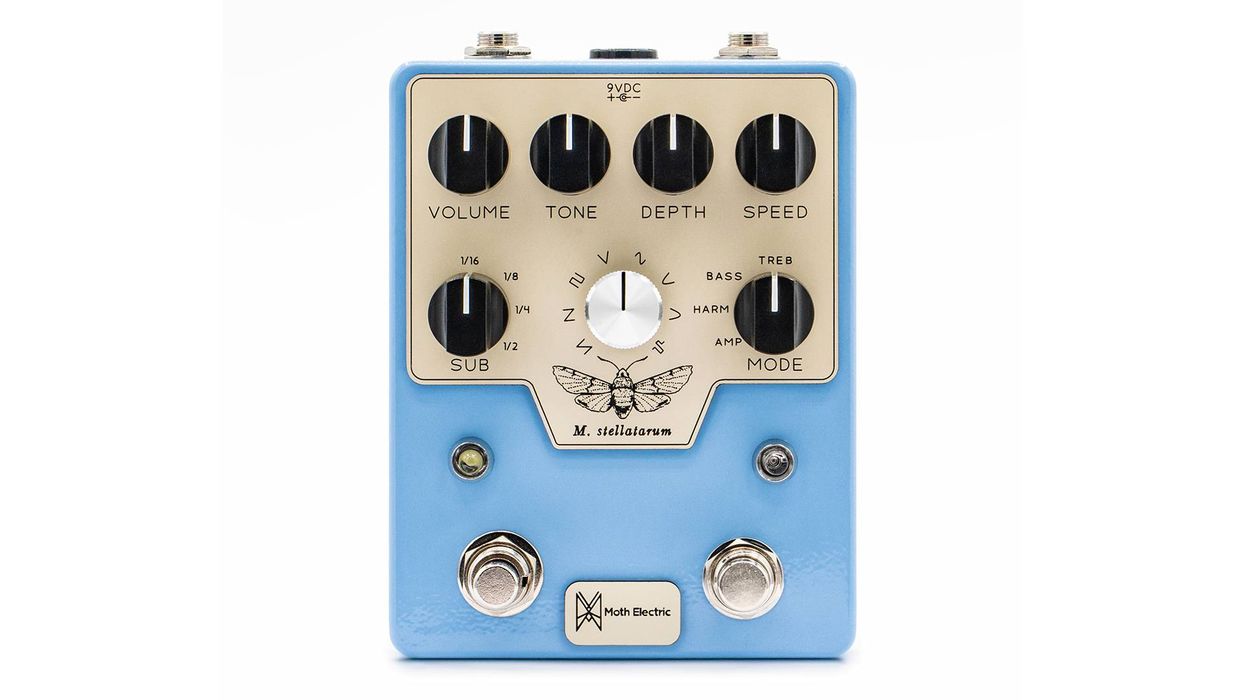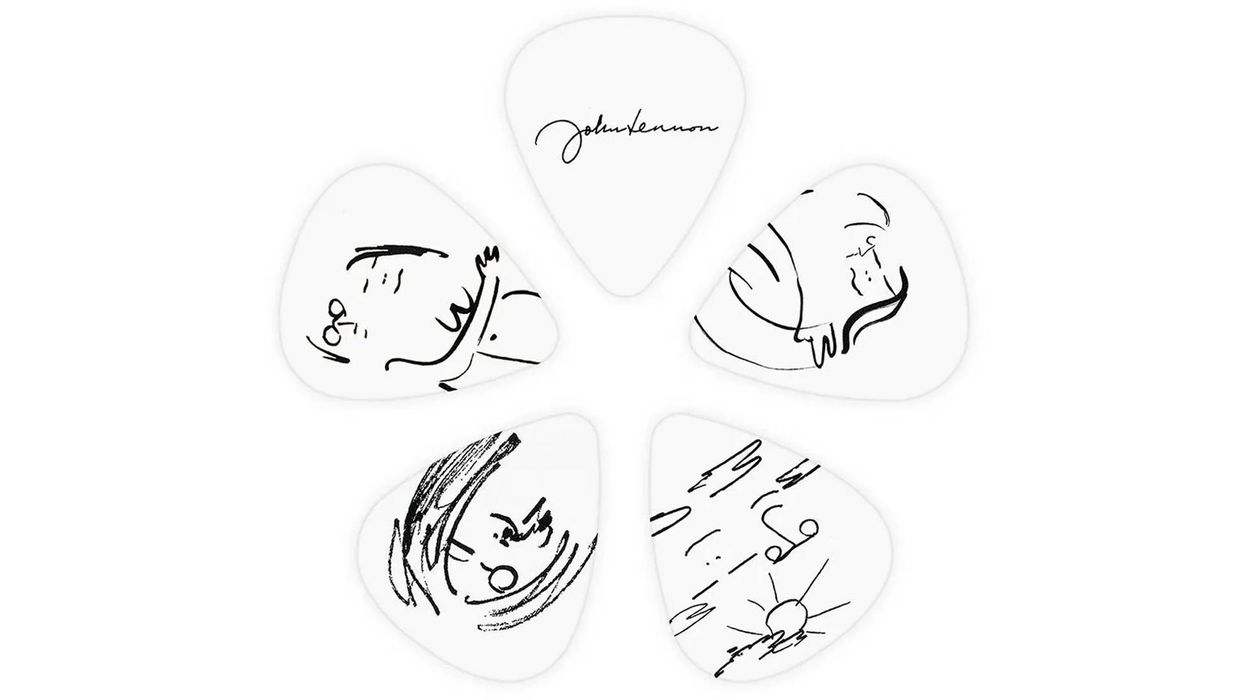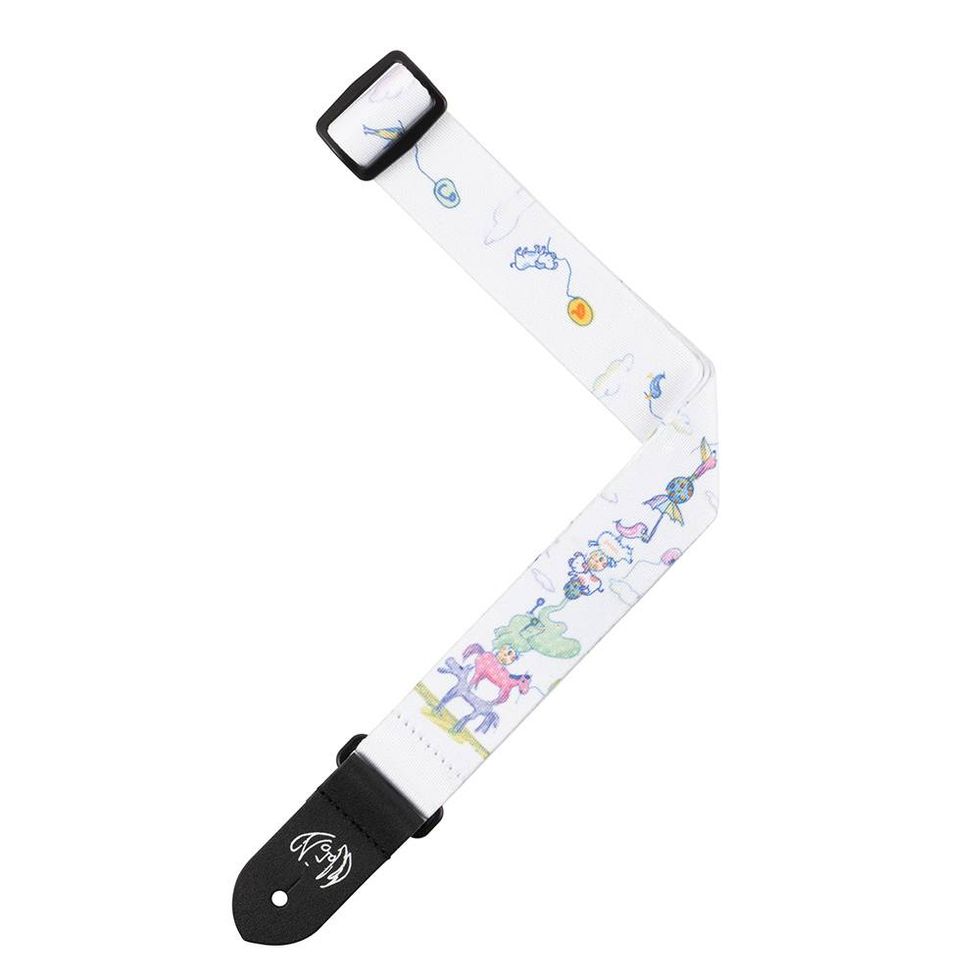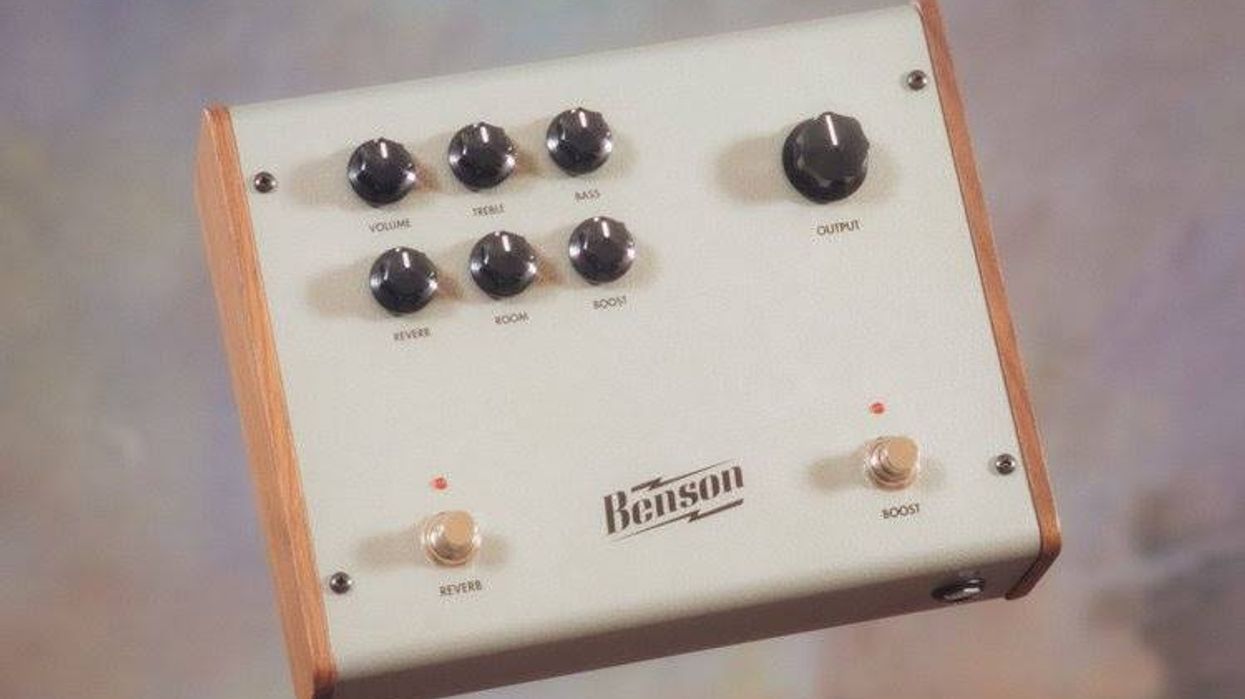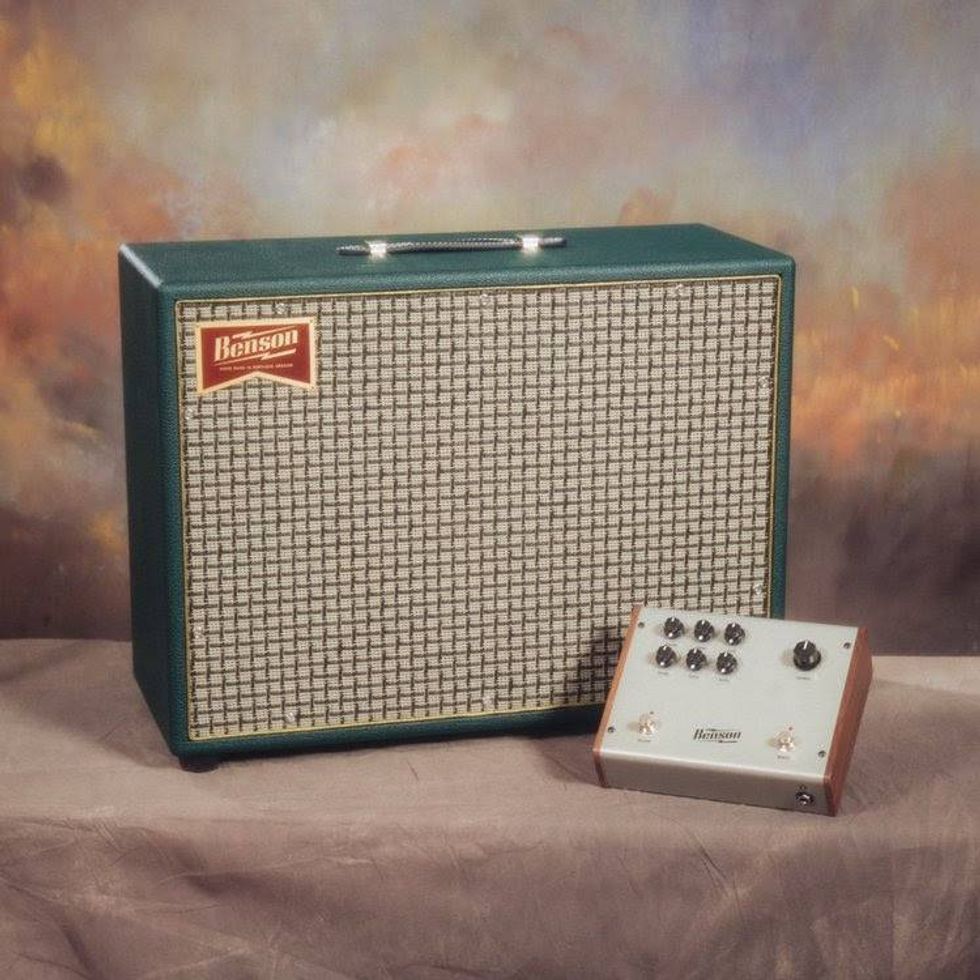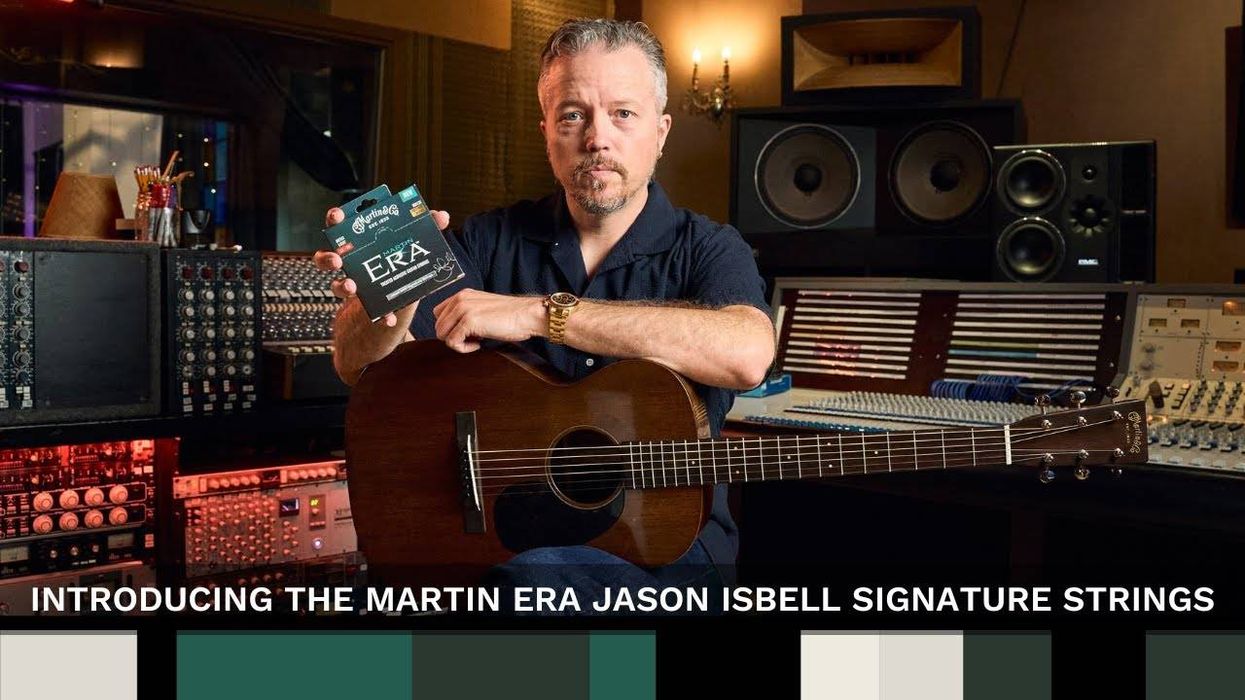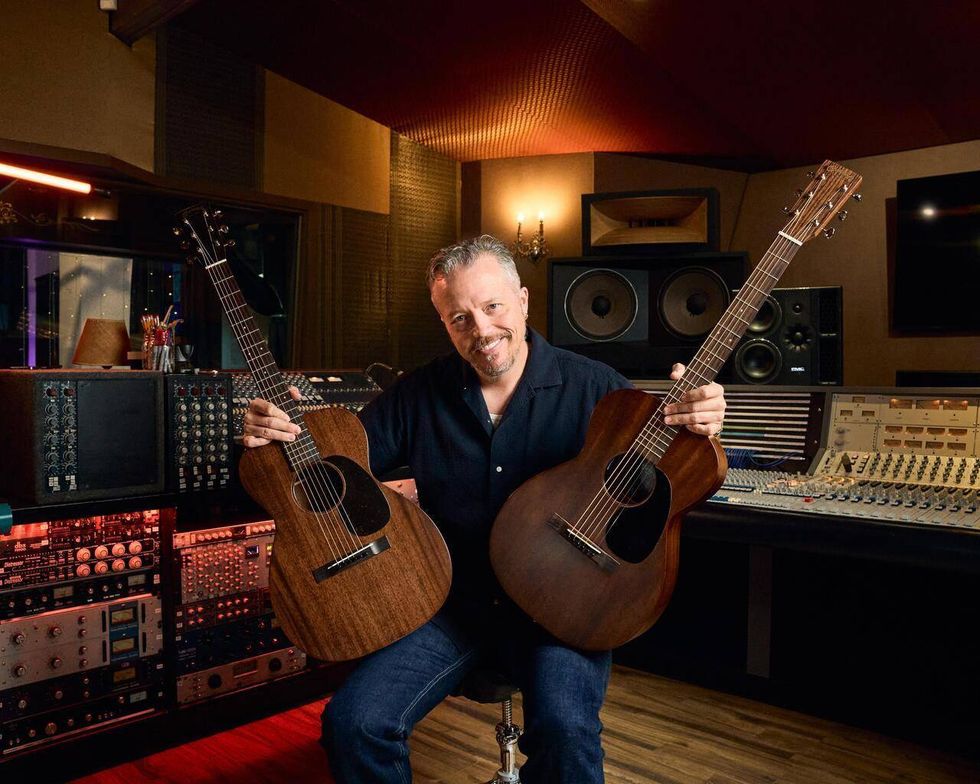Discover the latest from PRS Guitars with the 2025 SE Series lineup.
PRS Guitars today announced the 2025 PRS SE Series lineup, bringing sophisticated new instruments, new colors, updated player-centric appointments, and new left-handed signature models to players.
New Models
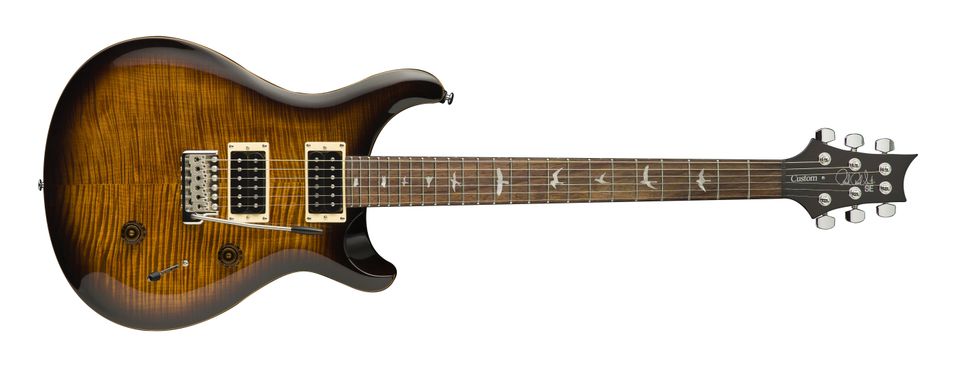
SE Custom 24
2025 brings two stunning new electric models to the PRS SE Series with the PRS SE Custom 24-08 Quilt and the PRS SE Custom 24 Semi-Hollow Piezo. While the SE Custom 24-08 is an aesthetic update, the PRS SE Custom 24 Semi-Hollow Piezo is an all-new instrument for players seeking acoustic and electric tones in one instrument.
“Veneering is an artform our partners have mastered and branching out into more veneer materials like quilted maple, and further developing our staining operations, brings visual art to players while we also continue to advance the tactile elements of guitar making at PT Cort,” said PRS Guitars Chief Operating Officer, Jack Higginbotham. “Meanwhile, the SE Custom 24 Semi-Hollow Piezo model represents our continued quest to bring innovation, sophisticated versatility, and value regardless of where a guitar sits inside of our lineup. The piezo system developed with Lloyd Baggs and his team truly shines in this guitar.”
Also debuting for 2025, the PRS SE T60E is the newest addition to the SE acoustic-electric family’s Tonare Grand body shape. Built to exude full, vintage tone, the SE T60E pairs ziricote back and sides with a solid spruce top, PRS hybrid “X”/Classical bracing and a PRS-voiced Fishman Presys VT pickup.
Left-Handed Signature Guitars
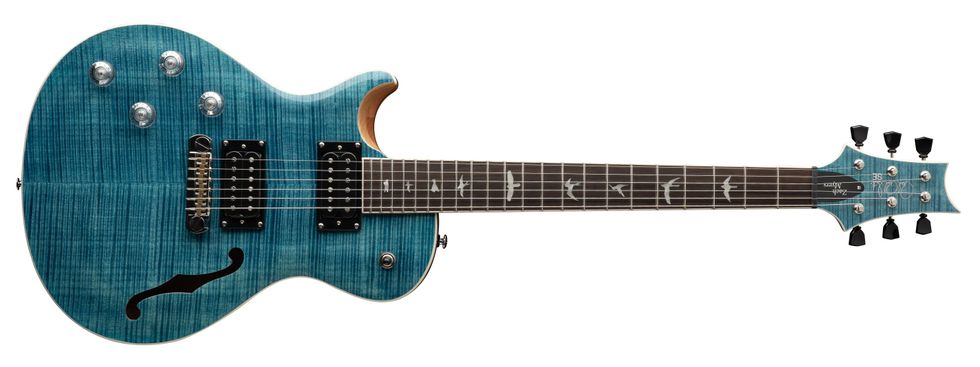
PRS SE Zach Myers
As teased earlier this year, three new left-handed signature models are also now available: PRS SE Silver Sky, PRS SE Silver Sky Maple, and the PRS SE Zach Myers.
“We put years into creating guitars that meet the exacting specifications from our Signature Artists. For them to attach their name to a model means it must be everything they need and everything other players, from beginner to pro, will need,” said PRS Guitars Director of Artist & Community Relations, Bev Fowler. “We are pleased to finally offer these two artist models for left-handed players.”
Updated Appointments & New Colors
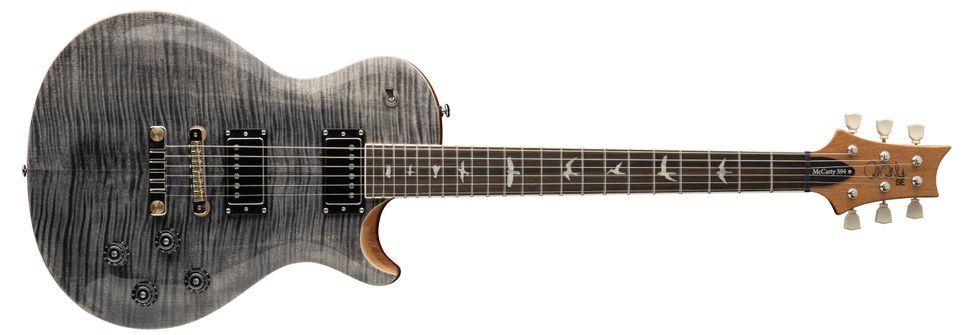
SE McCarty 594 Singlecut
Updated appointments and new colors across much of the lineup also continue to elevate the playing experience of the PRS SE Series. For 2025, many of the guitars in the SE Series will now feature lampshade knobs (replacing speed knobs), and guitars that sport a 5-way blade electronics switch will be upgraded to PRS’s proprietary flat-tip switch design. Both of these designs are modeled after appointments found on PRS’s Maryland-made electrics and give players a more ergonomic, player-friendly experience.
“We are happy to bring our latest efforts to the guitar-player community. It almost feels like we are presenting a song we wrote instead of a guitar we’ve designed. It’s a personal effort and our team has all the right kinds of pride around sharing these new instruments and enhancements. Paul can often be heard saying ‘this is our time,’ and I feel that across the spectrum of our instruments, from our Maryland-made guitars through our SE Series,” said PRS Guitars Chief Operating Officer, Jack Higginbotham.
Many models have also been updated with new colors, like Cobalt Blue and Fire Red acoustic models as well as new blue, gold, and silver satin metallics on the $499 USD PRS SE CE Standard, a model introduced earlier this year.
For more information, please visit prsguitars.com.
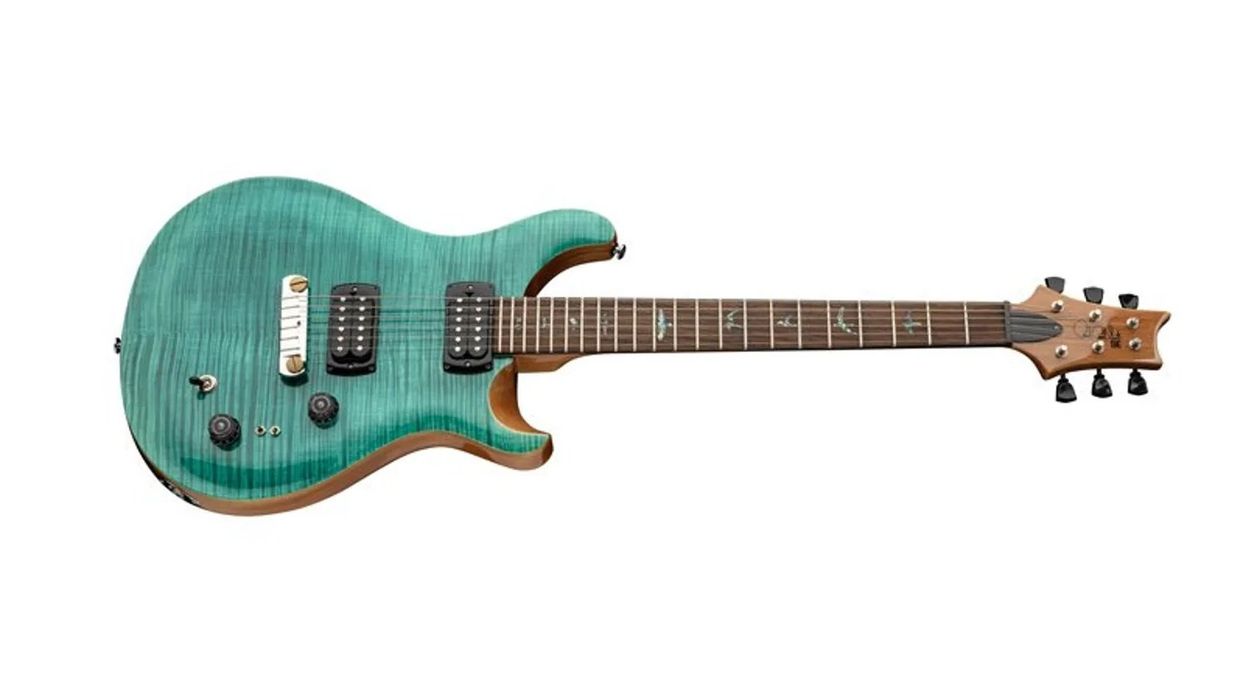

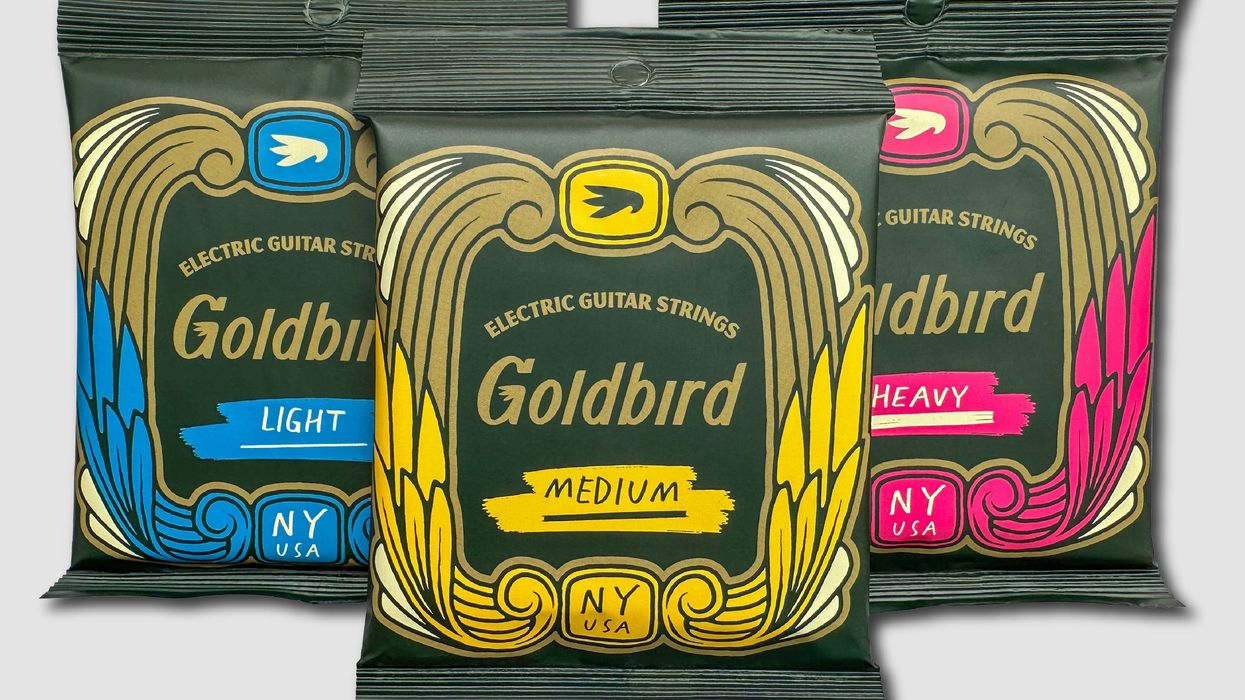
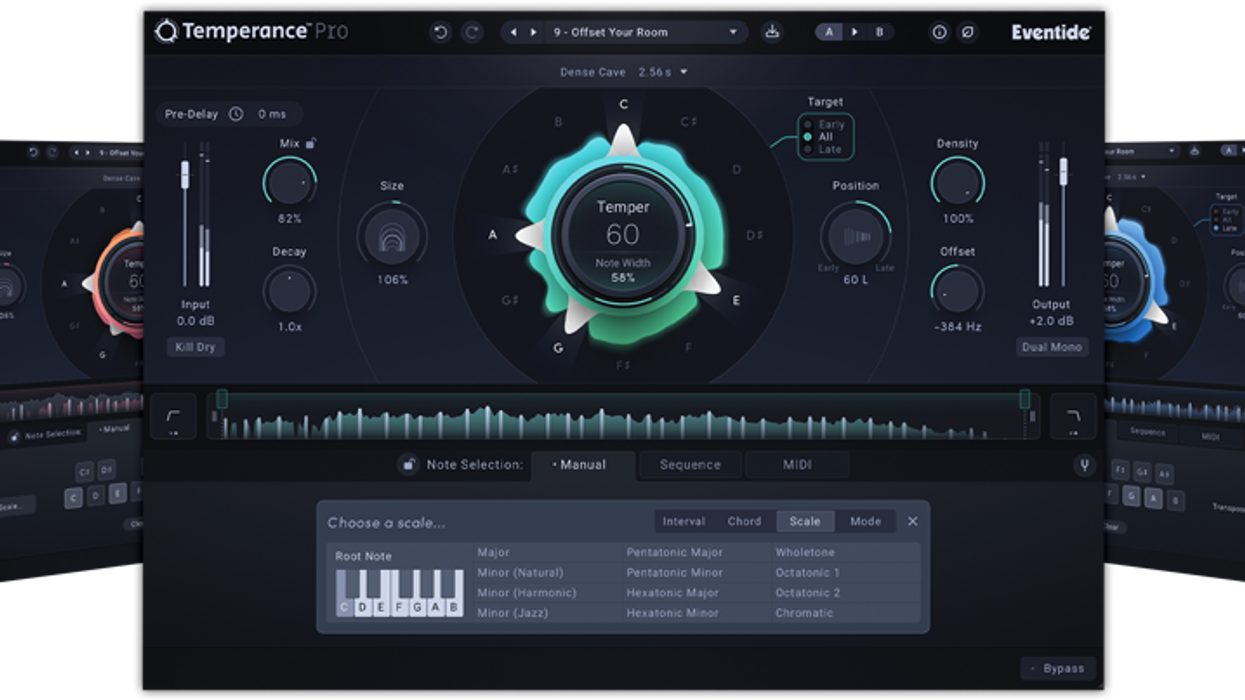
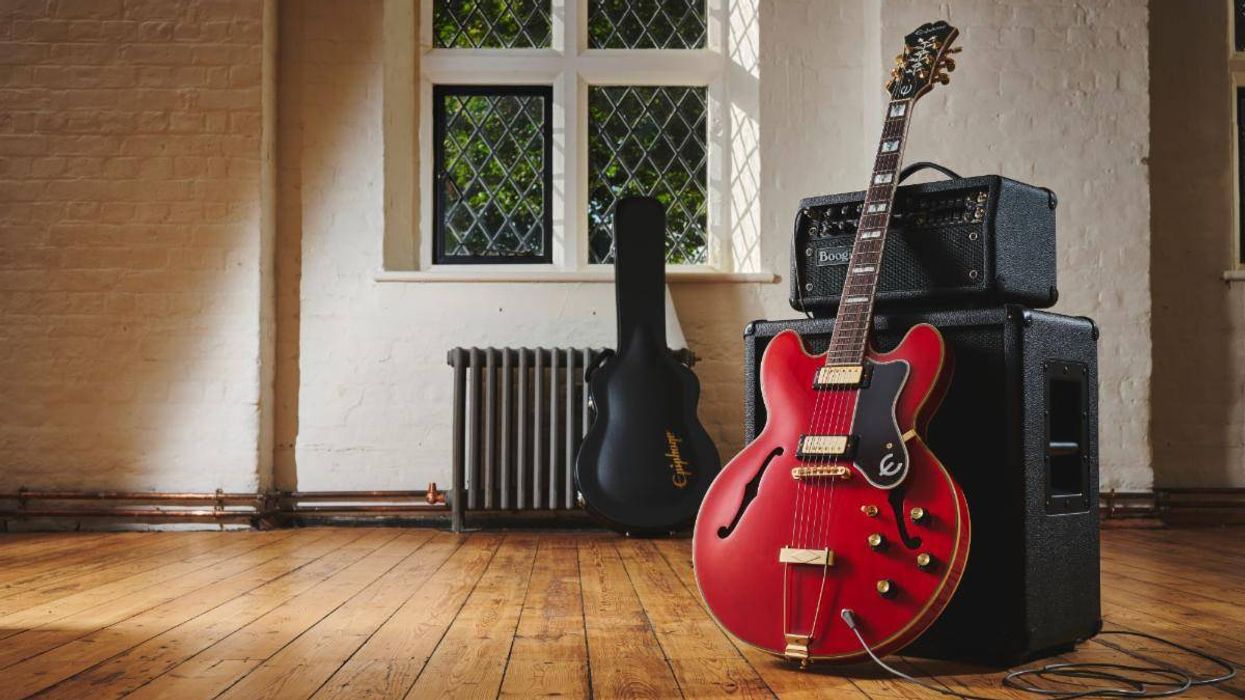

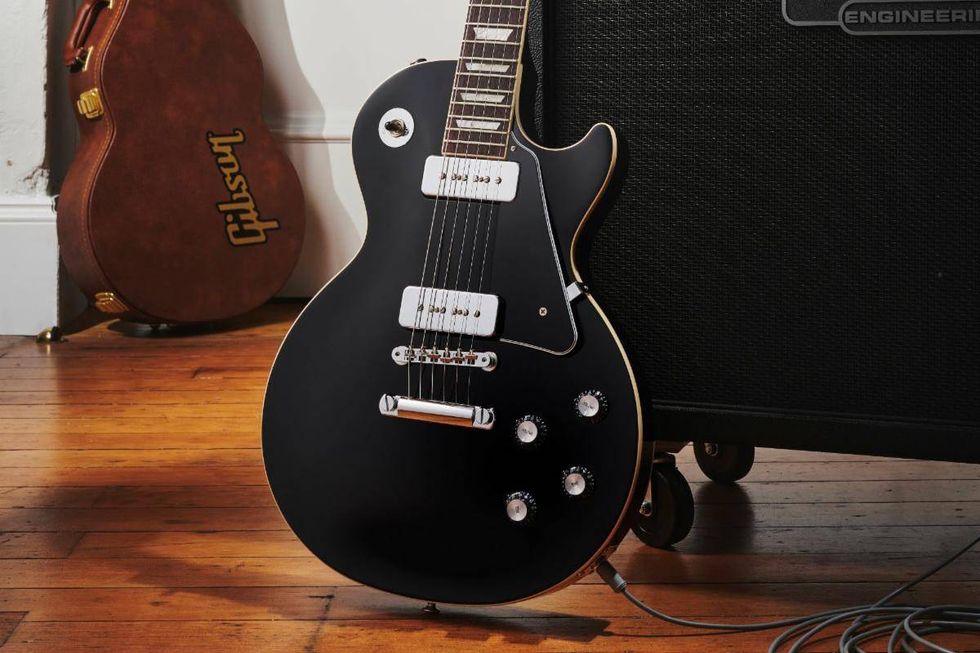
![Devon Eisenbarger [Katy Perry] Rig Rundown](https://www.premierguitar.com/media-library/youtube.jpg?id=61774583&width=1245&height=700&quality=70&coordinates=0%2C0%2C0%2C0)





